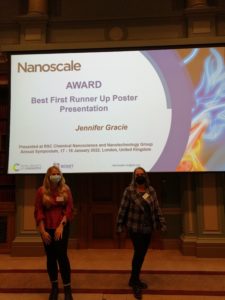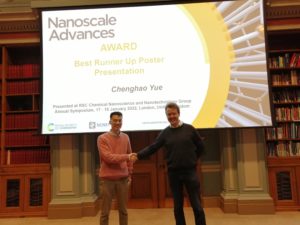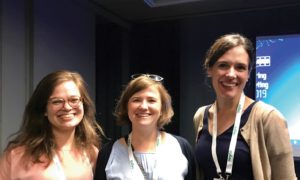 Guest Editors: Catarina Pinto Reis (University of Lisbon, Portugal), Maria Manuela Gaspar (University of Lisbon, Portugal), Carlos A García-González (Universidade de Santiago de Compostela, Spain)
Guest Editors: Catarina Pinto Reis (University of Lisbon, Portugal), Maria Manuela Gaspar (University of Lisbon, Portugal), Carlos A García-González (Universidade de Santiago de Compostela, Spain)
In this collection we welcome articles on the following topics:
• drug carriers
• drug delivery
• biopolymers
• nanomaterials
• local and systemic delivery
• in situ delivery
• passive drug delivery
• targeted drug delivery
• nanoscale dosage forms
• nanomedicine
• supramolecular structures
• polymer conjugated
• pre-clinical studies
• in vitro models
• medical devices
• regulatory affairs
You are welcome to submit an original research article within the scope.
If you are interested in contributing to this collection please get in touch with the Editorial Office by email.
Manuscripts should be submitted via the Royal Society of Chemistry’s online submission service and the Editorial Office informed by email. Please add a “note to the editor” in the submission form when you submit your manuscript to say that this is a submission for the themed collection. The Editorial Office and Guest Editors reserve the right to check suitability of submissions in relation to the scope of the collection and inclusion of accepted articles in the collection is not guaranteed. All manuscripts will be subject to the journal’s usual peer review process. Accepted manuscripts will be added to the online collection as soon as they are online, and they will be published in a regular issue of Nanoscale Advances.
Please note that article processing charges apply to all articles submitted to Nanoscale Advances if, following peer-review, they are accepted for publication. Details of the APC and discounted rates can be found here.
























 We are delighted to introduce a new themed online collection featuring new studies taking advantage of in situ synchrotron and neutron techniques. The wide variety of methods and approaches to data analysis applied illustrates the many options synchrotron and neutron methods now provide to chemists.
We are delighted to introduce a new themed online collection featuring new studies taking advantage of in situ synchrotron and neutron techniques. The wide variety of methods and approaches to data analysis applied illustrates the many options synchrotron and neutron methods now provide to chemists.